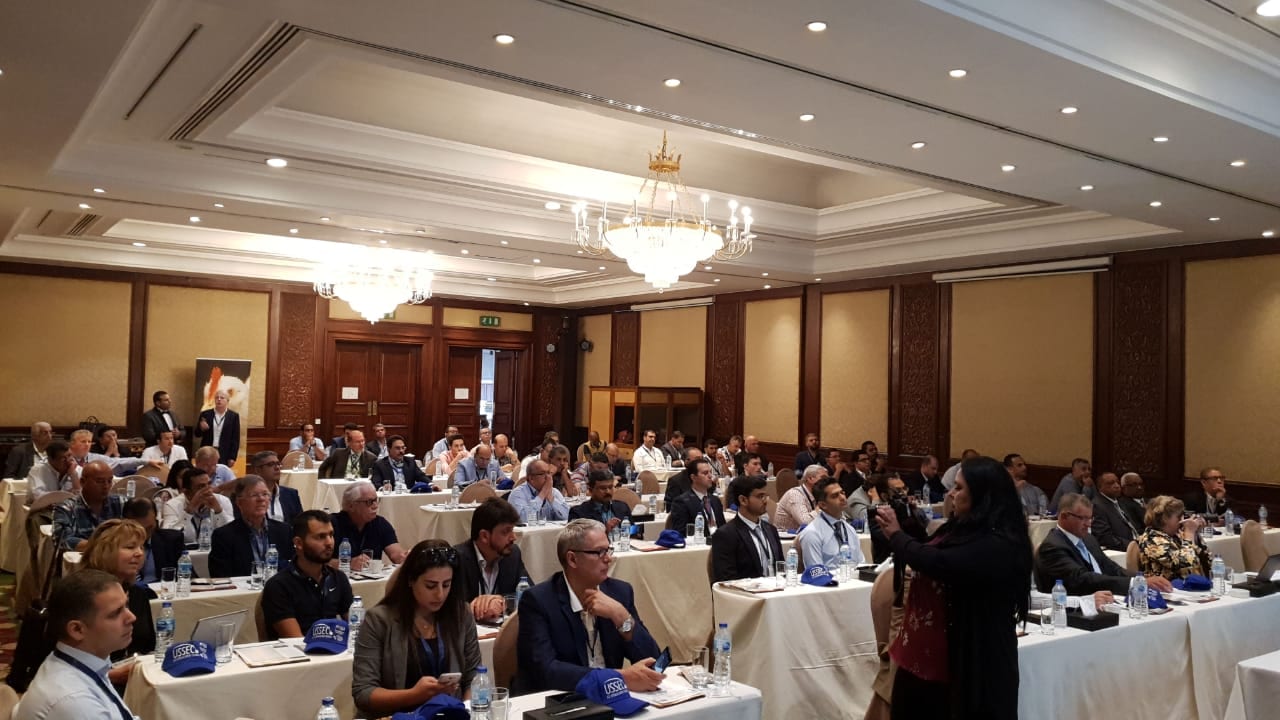Moroccan Dairy Producer Participates in USSEC’s 5th Regional Dairy Nutrition Conference – MENA
- Category:
- Animal Utilization
- General News

A leading Moroccan dairy producer attended the USSEC 5th Regional Dairy Nutrition Conference – MENA, held in Cairo Egypt September 22 – 25.
Composed of large regional dairy producers, cooperatives and a majority of small dairy units, the Moroccan dairy sector accounts for about 1.2 million cows producing 1,400 million liters of milk per year. This is the largest, most important, and most dynamic dairy market in the Maghreb region.
Although poultry remains the key driver of soybean meal demand in the Moroccan market, and primary importer of U.S. soybean meal in the region, the dairy demand of large farms represents a constant demand, in addition to the inclusion of soybean products into compound feed for ruminants. Morocco imports all components of the U.S. Soy complex – beans, meal, hulls, and oil.
USSEC assistance to Morocco’s dairy sector has led to several events such as one-on-one workshops for dairy operations and feed producers in Morocco and the participation of leading professionals to key regional related events, among others. Updating knowledge on dairy management, nutrition and feeding, management, heat stress, ingredient and forage quality, and value-added bypass protein sources remains useful for both the dairy and feed industry sectors with an emphasis on the importance of the efficient use of U.S. soybean meal in dairy feed.
Adequate feeding and nutrition programs help achieve higher performance through the use of high quality ingredients such as U.S. soybean meal. The usage of soy products such as full fat extruded soybeans, soy hulls, and by pass proteins is increasing in dairy feed, sustained by a higher understanding of their nutrient contribution to concentrates value, as nitrogen correctors, and as constituents of total mixed rations (TMR).
Per capita consumption of dairy products is projected to reach about 140 kilograms (kg) by 2020. The “Green Morocco Plan,” currently in its last phase, relied on the development of modern dairies and the consolidation of smaller units as a projected mean to double dairy production by 2020. Most large beef and dairy operations are gradually moving toward integrations.
USSEC programs continue to better position U.S. Soy products in ruminant feed. Attendance of key partners to trade and technical conferences contributes to develop new business opportunities with prospects for U.S. soybean products.

